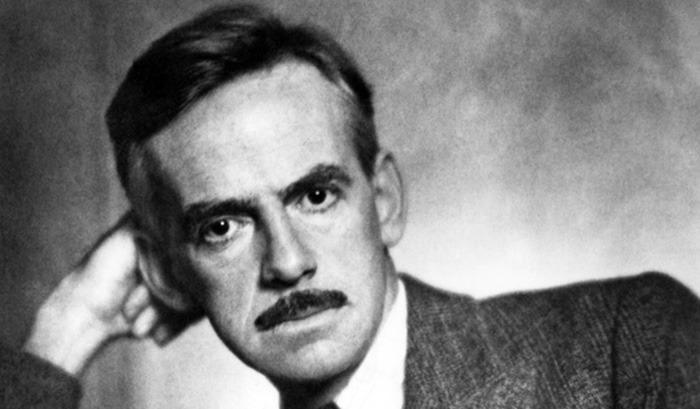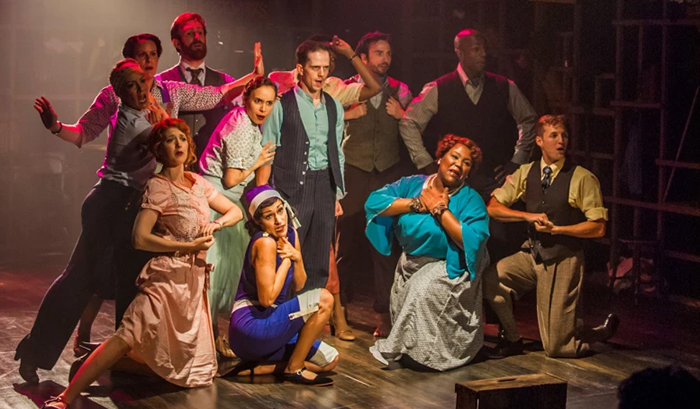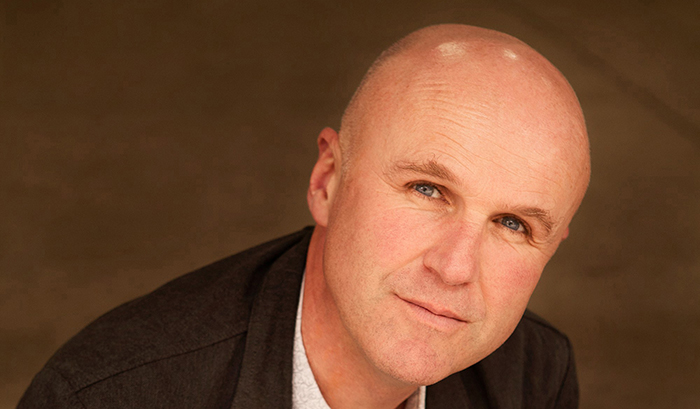First in a four-part series
It is generally believed that more bona fide movie classics were produced in 1939 than any other year during Hollywood's Golden Age.
This was the year of “Gone With the Wind,” “The Wizard of Oz,” “Stagecoach,” Young Mr. Lincoln” and “Goodbye, Mr. Chips”.
More than a dozen were memorable films produced in that final year of American innocence.
Film historian and archivist, Ron Haver told me he disagreed with this assessment. He said 1941 was a better year for movies.
Nobody loved the movies more than Ron Haver. He served for over 20 years as director of film programs for the Los Angeles County Museum of Art. In 1983, he managed the critically acclaimed restoration of the 1954 version of “A Star Is Born,” with Judy Garland and James Mason. Haver died on May 18, 1993, of complications from Aids.
I first met Haver in 1980 when I was a reporter for Dramalogue and he invited me to cover John Huston's appearance at a Museum screening of “Key Largo.” I am indebted to him for seeing, first-hand, what a marvelous storyteller Huston was. It was at this time that Haver told me that, in his opinion,1941 was truly Hollywood's banner year. The year came to a close with the Japanese attack on Pearl Harbor, plunging the United States into World War II. The next month, in January of 1942, Carole Lombard, wife of Clark Gable and one of Hollywood's most popular stars, was killed in a plane crash.
Emergency Decision?
The Academy Awards were nearly canceled that year. Bette Davis, newly elected Academy President, suggested that the Awards be held in a large auditorium instead of a banquet hall and that the public be allowed to buy tickets.
Proceeds would go to the Red Cross. The Academy governors vetoed Davis's idea but decided to go ahead with the awards under modified conditions.
Attendees did not wear formal attire; a dinner was served instead of a “banquet,” and no searchlights fanned the skies outside the Biltmore Hotel where the Awards were held.
Wendell Wilkie, the 1940 Republican Presidential candidate, dubbed “the Barefoot Boy from Wall Street,” was the principal speaker that evening, Feb. 26, 1942. There was no master of ceremonies.
There were ten films nominated that year as in previous years. After 1943, however, the Best Picture nominees were reduced to five. The Best Picture Nominees remained at five for the next 64 years and in 2009 went back to ten.
In his book “60 Years of The Oscar,” film historian Robert Osborne pointed out that 1941 was a seminal year in that it was the last time — for awhile — where “romantic dramas, infectious musicals, warm comedies, dashing adventure stories and pure escapist fare” dominated.
For the next five years, war would dominate the movies, just as it did real life. In 1941 for the first time, the Academy recognized documentary film productions. Documentaries would play a key role during the war years.
Here are some of the gems that sparkled in that last year of Hollywood's innocence.
1.”Citizen Kane.” Orson Wells produced, directed, co-wrote (with Herman Mankiewicz), and was the star of the picture. The Boy Wonder arrived at RKO Studios in Culver City in 1939. After touring the studio where David O. Selznick had made “Gone With the Wind” and “Rebecca,” Welles declared it was “the biggest toy factory” he ever had seen.
He settled into a small office at the back of the lot in 1939, and went into production in 1940 on what many critics have called “the greatest movie made.”
Orson Welles was personally nominated for four Oscars, and he won for Best Original Screenplay with his co-writer Mankiewicz.
When Ted Turner decided to colorize “Citizen Kane” a half century later, Welles' contract with RKO would not allow it to happen. One interesting bit of trivia: During the final scene where much of Kane's personal collection was being tossed into a giant furnace, a pipe smoking reporter was played by bit player Alan Ladd. The fireman on the set was former Asst. Fire Chief Ray Moselle.
Welles asked Moselle if he could turn off the overhead sprinkler system on the sound stage where the furnace scene was taking place. Ray called Culver City's Fire Chief who gave permission. He told Ray, “Call if there are any problems.” How times have changed!
2. “The Maltese Falcon.” Humphrey Bogart, Mary Astor, Sydney Greenstreet, Peter Lorre and Elisha Cook Jr. were the stars. This was John Huston's first directorial effort with a cameo by his father, Walter Huston, playing Captain Jacoby.
George Raft turned down the role of Sam Spade because he didn't want to work with a first-time director. Huston was delighted as he wanted Bogart for the role all along. Film historian Haver told me that Huston was extremely nervous about his directorial debut. He went over to MGM and shot B roll footage to get over his nervousness before production began.
However, another film historian at Warner Bros. said it never happened. Sydney Greenstreet was nominated for Best Supporting Actor for his role as the wily and ruthless Casper Guttman. The film was nominated for Best Picture. “The Maltese Falcon” is regarded as the best private detective movie ever made.
(To be continued Tuesday)







